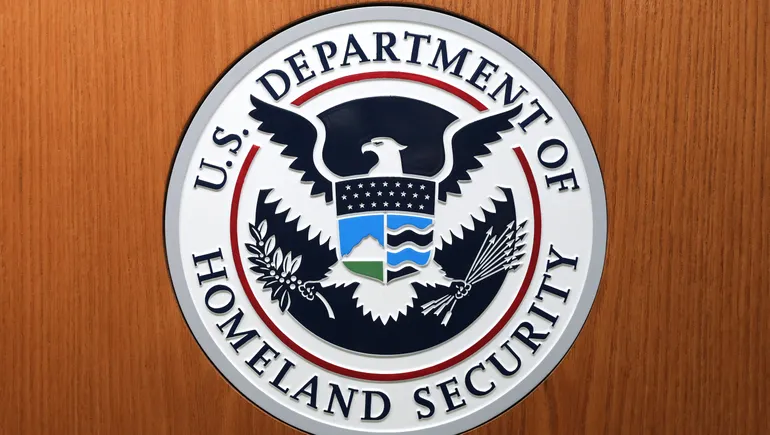Urbanization refers to the increase in the proportion of population living in urban areas and the expansion of towns and cities in terms of population and built-up area. India has witnessed rapid urban growth over the last few decades due to economic, social, and demographic changes.
1️⃣ Trends and Patterns of Urbanization
- Population Shift:
- In 1951, only ~17% of India’s population lived in urban areas.
- By 2021, the urban population increased to ~35% and continues to rise.
- City Size Distribution:
- Mega cities: Population > 10 million (e.g., Mumbai, Delhi).
- Metropolitan cities: Population 1–10 million.
- Medium and small towns: Population <1 million—rapid growth in Tier-II and Tier-III cities.
- Regional Patterns:
- Highly urbanized states: Maharashtra, Tamil Nadu, Gujarat, Kerala.
- Low urbanization: Bihar, Odisha, Uttar Pradesh.
- Urban growth is often concentrated in coastal areas and industrial belts.
2️⃣ Causes of Urbanization in India
| Cause | Description |
|---|---|
| Economic Opportunities | Industrialization, service sector growth, IT hubs attract migrants. |
| Rural-Urban Migration | Search for employment, education, healthcare, and better living standards. |
| Population Growth | Natural increase contributes to expanding urban population. |
| Infrastructure & Connectivity | Better transport, roads, and communication promote urban growth. |
| Government Policies | Industrial estates, SEZs, and urban development projects encourage migration to cities. |
3️⃣ Impacts of Urbanization
🔹 Positive Impacts
- Economic growth: Concentration of labor, industries, and services.
- Improved access to education, healthcare, and amenities.
- Cultural and social interaction; cosmopolitan urban culture.
🔹 Negative Impacts / Challenges
- Urban Sprawl: Unplanned expansion of cities into surrounding rural areas.
- Housing Shortage & Slums: High-density informal settlements due to demand-supply gap.
- Traffic Congestion & Pollution: Air, water, and noise pollution due to vehicles and industries.
- Infrastructure Strain: Inadequate water supply, sanitation, electricity, and waste management.
- Social Inequality: Gaps between rich and poor, informal economy, and marginalization.
4️⃣ Planning Implications of Urbanization
Urbanization requires effective urban planning to ensure sustainable, equitable, and efficient cities:
- Land Use Planning: Zoning for residential, commercial, industrial, and recreational areas.
- Transport & Connectivity: Roads, public transit, and non-motorized transport networks.
- Housing & Slum Redevelopment: Affordable housing schemes and inclusive urban design.
- Environmental Planning: Green spaces, pollution control, flood management, and water conservation.
- Social Infrastructure: Schools, hospitals, community centers, and recreation areas.
- Smart Cities & Technology Integration: GIS, data-driven planning, and smart utilities management.
5️⃣ Key Takeaways
- Urbanization in India is rapid and uneven, concentrated in specific states and metropolitan regions.
- It is driven by economic migration, industrialization, and demographic changes.
- While urbanization fuels economic growth and modernization, it also poses challenges of infrastructure, housing, environment, and social equity.
- Sustainable urban planning is essential to manage growth, improve quality of life, and reduce negative impacts.


















